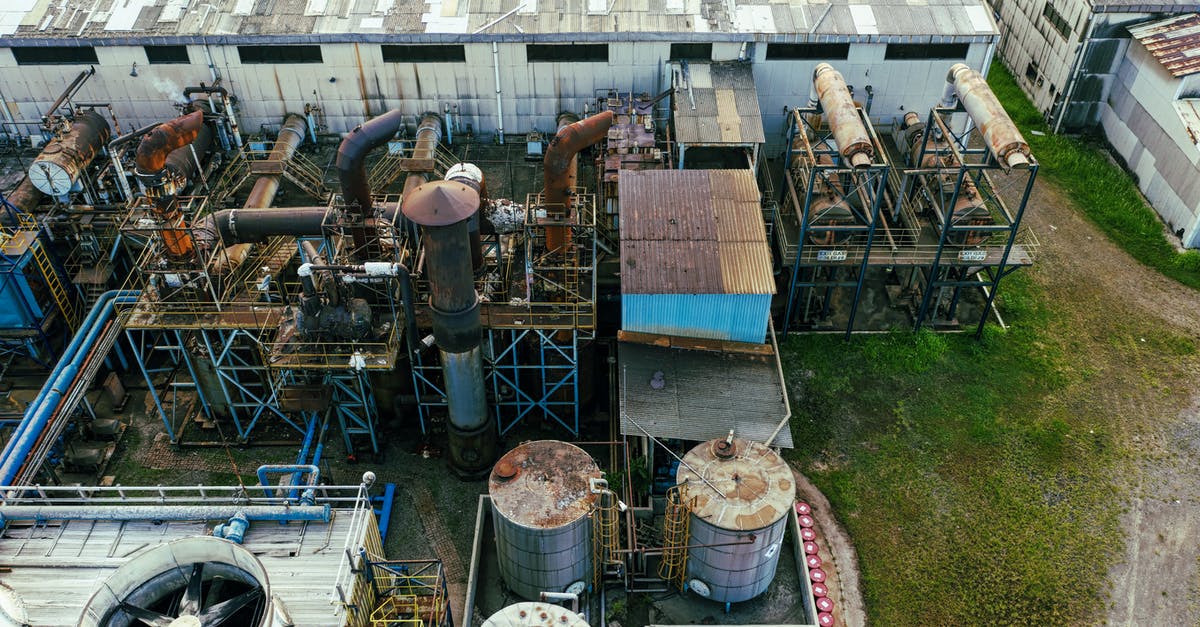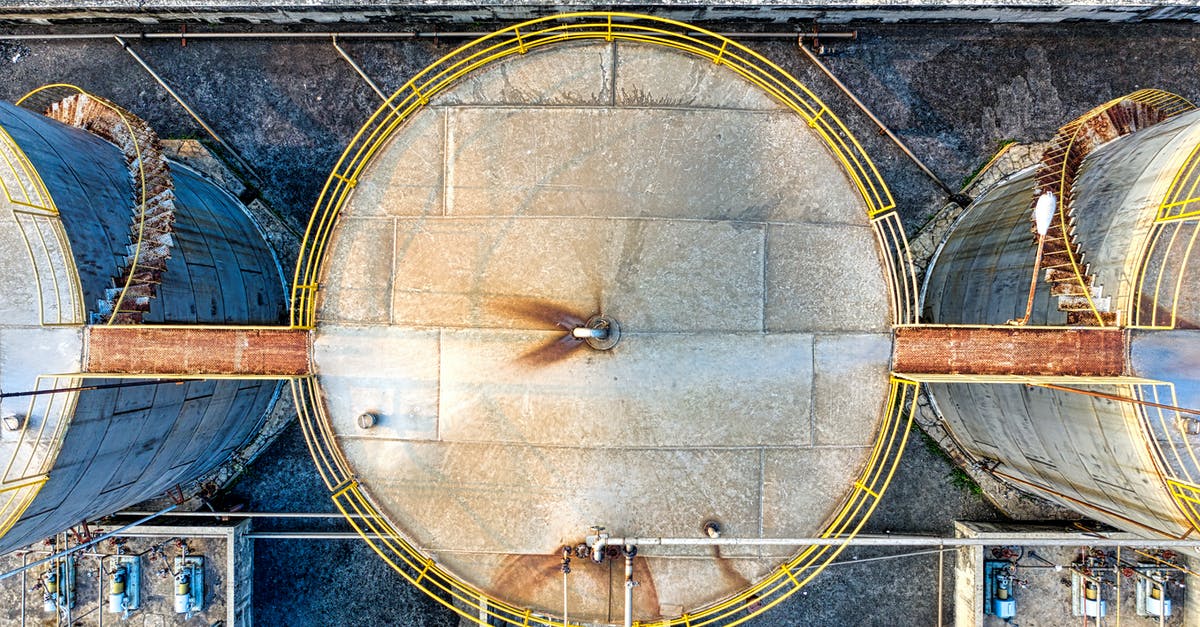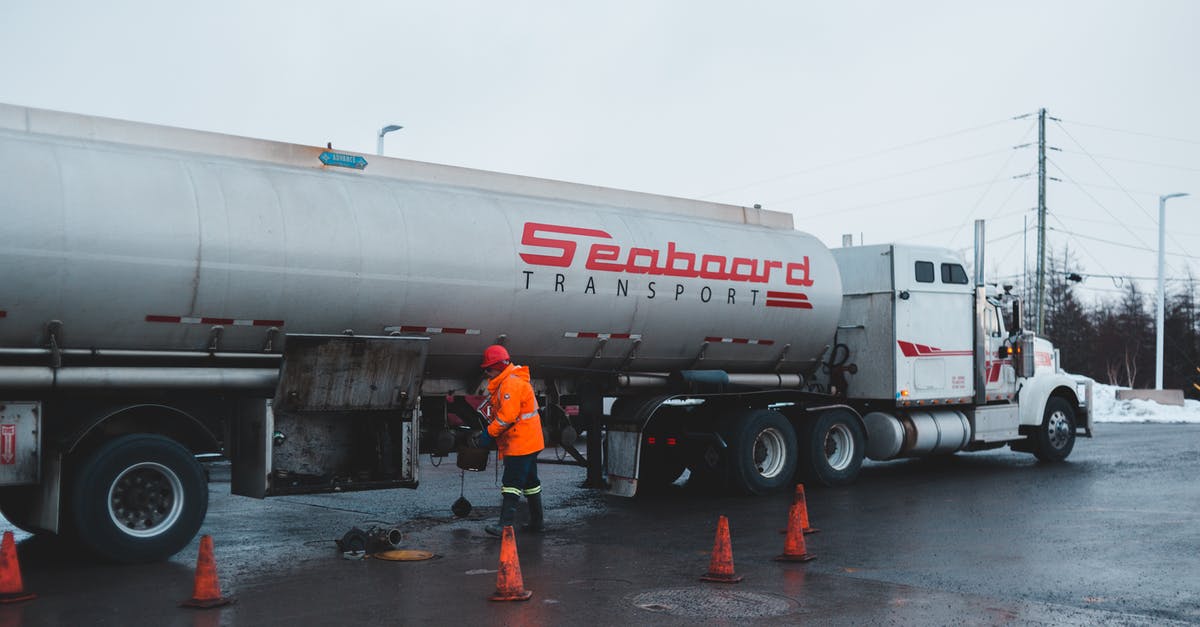How to saute without oil on stainless steel pots/pans?

In an effort to reduce oils from my diet, I've been trying to saute without oil, but I'm not sure how to do it. In doing so, my pans now have a brown residue that is impossible to wash off.
I have read that it is possible to saute in a dry pan and also in broth or water. I've looked up videos, but they all show non-stick pans.
I've also had a look at a few relevant links, such as this, but they don't explain how to do it. Could some please explain how to saute on a stainless steel pan using water or broth, and also on a dry pan?
Best Answer
I wonder where you have read it. Your link doesn't help, maybe you linked the wrong question? It talks about using a stainless pan with oil.
If you are talking about true saute (very quick movement of bite-sized pieces of food on a very hot pan), it is completely impossible without oil. If you are misusing the term to mean shallow frying, you can do it without oil in a coated pan, if you take care not to overheat to the point of damaging the coating. Stainless steel pans have to always be used with oil or other fats, else they will stick. The taste of food browned without fat (in a coated pan) will also be different from that of food browned in fat, because fat is needed for important flavor-producing reactions. It is up to you if you like the different taste or not.
You can braise food in a broth, meaning that you put a small amount of broth in the pan, add the food and wait for it to cook through. This works with stainless steel pans too. But this is not comparable to either sauteeing or shallow frying. The temperature does not exceed 100 Celsius, which is way too low for Maillard and other flavor-developing reactions. So, if your recipe calls for sauteeing, browning, grilling or frying the food, you cannot use this method as a substitute.
In summary, you seem to have been misinformed. This is not possible, frying always requires oil, and browning without oil requires a PTFE coated pan (or a fresh ceramic coated one - they tend to lose their antistick properties with time).
Update You can sweat vegetables without oil, as mentioned in the corrected link. This is very different from both the true sauteeing you will find in textbooks and the quick browning usually meant in recipes which call to start with sauteing the ingredients. The result are softened vegetable pieces suitable for e.g. stir frying or mixing into chunky sauces. If you are going to make a soup or stew, don't bother using it instead of browning, as it doesn't add flavor and a soup doesn't mind the vegetables weeping into it. For other applications, you can try it and decide if the taste is good enough for your purposes.
The process is simple. Cut your vegetables finely (in the 4-7 mm range). Pour 3-5 mm of water into the pan and add a level layer of vegetables, up to 1.5 cm thick. Turn on the stove on slow to medium heat and leave them largely undisturbed. Wait until they are done - they will have softened and lost some moisture. As you are not using oil, you have to watch the food closely, because if all the liquid evaporates, the food will heat enough to stick and scorch. But don't stir much, because the vegetables need time in contact with the pan/broth to heat through, not to get a new side exposed to the heat each second. You could do it with constant stirring, this is the risotto method, but you will end up with preparation times similar to risotto (> 40 min) while waiting for the vegetables to heat through despite the stir. So it takes a little experience to know when the bottom of the vegetables is done but the liquid is not yet evaporated, without stirring to take a look at what is happening on the bottom.
In the end, it is up to you to decide if you really want to bother. You get a higher probability of failure (risk of scorching it), higher effort (the need to watch it closely) and less taste. If you feel that the fat reduction makes up for it, do it.
Pictures about "How to saute without oil on stainless steel pots/pans?"



How can you sauté without oil?
Saut\xe9ing and stir-frying\u2014The most common question I get on this topic is how to saut\xe9 or stir-fry without butter or oil. The trick is to use small amounts of water or broth, adding just a small amount (1 to 2 tablespoons) at a time. Do this as often as needed to cook and brown the food, without steaming it.How do you cook on a stainless-steel pan without sticking?
Although seasoning isn't required with stainless steel pans, it is possible to season your favorite skillet to create a non-stick layer. Heat the pan over medium-high heat for about two minutes. Add a thin layer of vegetable oil to the pan (about 1/8 inch).Do you have to use oil in stainless-steel pan?
It's easy to cook without oil: you can pan fry with water or broth, you can use fruit purees when baking, can roast veggies on parchment paper, or whip up oil-free salad dressings.Stainless Steel Cooking Without Oil? No Sticking!
More answers regarding how to saute without oil on stainless steel pots/pans?
Answer 2
saute requires oil, without oil it's not sauted
A non-stick pan does the next best thing, but not quite
For a compromise; a splash of oil to cover a typical pan will be about 10 g. Just remove 20 g of carbohydrate or 10g of other oil from other recipe ingredients and it will still be more or less the same
Sources: Stack Exchange - This article follows the attribution requirements of Stack Exchange and is licensed under CC BY-SA 3.0.
Images: Tom Fisk, Tom Fisk, Tom Fisk, Erik Mclean
